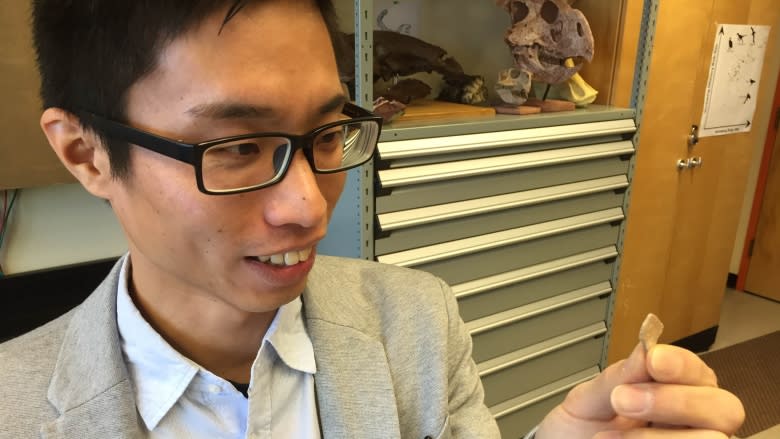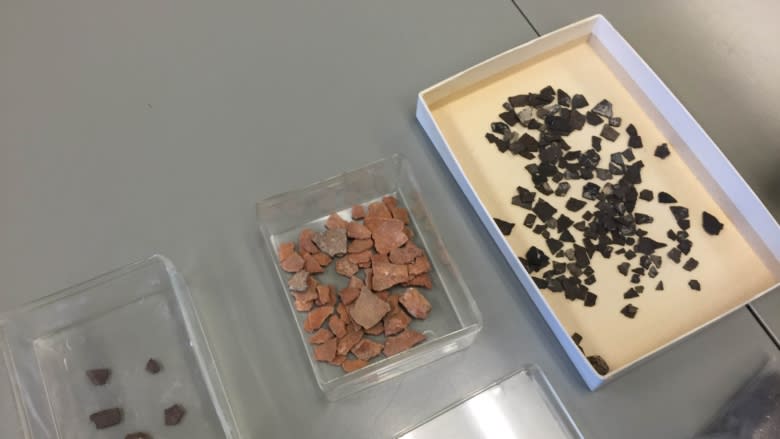Dinosaur nesting research at the U of C shows similarities to birds
Birds may have learned a thing or two about nesting from dinosaurs, according to new research at the University of Calgary.
PhD student Kohei Tanaka recently published a paper where he compared the fossilized eggs of 30 different dinosaurs, to the eggs of 120 species of birds and crocodiles.
"We found that relatively primitive dinosaurs buried their eggs in the ground for incubation, like modern crocodiles" Tanaka said. "Whereas eggs were exposed in the nests of more advanced dinosaurs that are closely related to birds."
The soft shells of primitive dinosaurs, like long-necked sauropods, indicate they were buried in the ground.
The eggs of more advanced, bird-like dinosaurs had hard shells, and that means the mother likely used an open nest and kept the eggs warm with her belly.
Tanaka and his co-authors conclude there was probably a shift in the type of nests dinosaurs used as they evolved into modern birds.
"We'd like to know how nesting behaviour, or styles of nesting, changed through evolution from reptiles, to dinosaurs, and finally birds," Tanaka said.
Tanaka says there is still a lot to learn about nesting habits, but this is a positive step.
Open nesting essential for survival
Tanaka worked under the supervision of Darla Zelenitsky, an Assistant Professor at the University of Calgary.
"Because buried nests needed to be built and incubated on the ground, open nesting and brooding may have allowed advanced theropods - including birds - to incubate eggs in a greater diversity of locations and occasionally away from ground predators, potentially contributing to their evolutionary success," Zelenitsky said.



